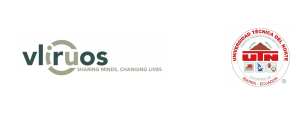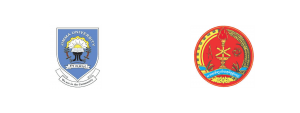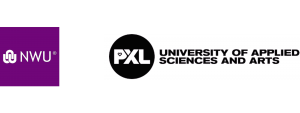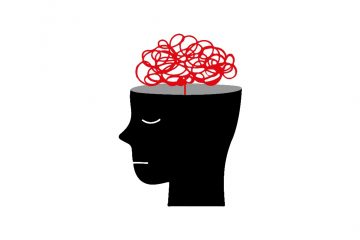Violence and peace
Module 1: Violence and Peace
1. Insight into Galtung’s Triangle of Violence and its implications for education. 2. Understanding Galtung’s concepts of positive and negative peace. 3. Reflecting on a constructive way forward: an engaged pedagogy (Bell Hooks). 4. Exploring Read more…





